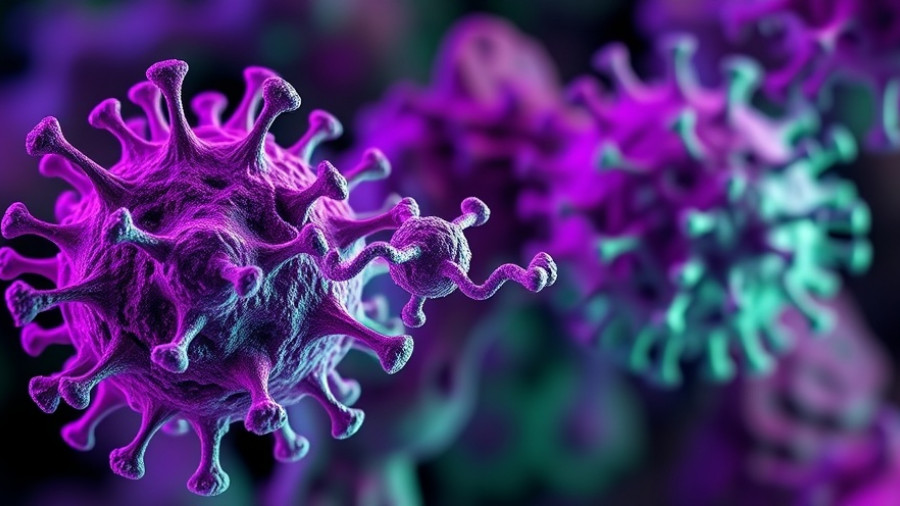
Introduction: A New Era for HER2-Positive Breast Cancer Treatment
The recent findings surrounding trastuzumab deruxtecan (T-DXd), a novel antibody-drug conjugate, signify a groundbreaking moment in the management of HER2-positive early breast cancer. Presented at the European Society for Medical Oncology (ESMO) congress in Berlin, these studies underscore T-DXd’s potential to redefine therapeutic approaches for high-risk patients, paving the way for more effective and less toxic treatment regimens.
Impressive Clinical Outcomes in the DESTINY Trials
The DESTINY-Breast11 trial conducted by Dr. Nadia Harbeck at the LMU University Hospital revealed that patients receiving T-DXd experienced a pathologic complete response (pCR) rate of 67.3%, significantly higher than the 56.3% achieved with standard chemotherapy regimens. This achievement marks a remarkable milestone for a high-risk patient population previously underserved by existing therapies.
This achievement aligns with data from the DESTINY-Breast05 trial, where T-DXd was shown to reduce the risk of invasive disease recurrence or death by 53% compared to trastuzumab emtansine (T-DM1). The implications for clinical practice are far-reaching, as said Dr. Charles Geyer, who emphasized that T-DXd represents a potential new standard of care in this setting.
What Makes T-DXd Stand Out?
T-DXd combines the specificity of an anti-HER2 antibody with a cytotoxic payload that delivers robust anti-tumor effects while retaining a favorable safety profile. Unlike traditional chemotherapies, which often carry a heavy burden of side effects such as cardiotoxicity and secondary malignancies, T-DXd offers a targeted approach. Research has shown that the drug exhibits lower rates of serious adverse effects, including hematological events and cardiotoxicity, making it an appealing choice in neoadjuvant settings.
Understanding the Context: The Shift Towards ADCs in Early Breast Cancer
Historically, options for treating HER2-positive breast cancer have been limited. The emergence of innovative ADCs like T-DXd in early disease stages highlights a pivotal shift in oncological treatment paradigms. The combination of effective drug delivery and reduced side effects could mean significantly enhanced quality of life for patients while improving their chances of long-term survival.
As observed in the latest findings from both DESTINY trials, T-DXd’s performance in high-risk cohorts—who traditionally face poorer outcomes compared to other breast cancer subtypes—opens new doors for personalized treatment strategies and could lead to a significant reduction in mortality rates associated with early-stage HER2-positive breast cancer.
Future Outlook: Implications for Practice
With the results from these trials, the medical community is being called to reconsider existing treatment guidelines and the potential for integrating T-DXd into routine clinical practice. As outlined by renowned oncologist Dr. Paolo Tarantino, establishing T-DXd as a core treatment option will not only provide an avenue for tailored patient care but also reshape perceptions surrounding HER2-positive breast cancer, transitioning it from one of the most aggressive subtypes to one with the highest chance of cure.
Furthermore, the collaboration between leading medical institutions and pharmaceutical companies underscores a commitment to further research and development in this area. Expecting refinements in dosing strategies and therapy formulations could enhance response rates even further.
Conclusion: An Invitation for Change
The clinical breakthroughs showcased in the ESMO congress present a clarion call for stakeholders across healthcare—physicians, nurses, and policy makers alike—to embrace the changing landscape of breast cancer therapy. As healthcare professionals seeking to improve patient outcomes, staying updated on these advancements is crucial.
Monitoring ongoing clinical research is essential to ensure you are equipped to make informed decisions in practice and confront the challenges of treating one of the most challenging cancers today.
 Add Row
Add Row  Add
Add 




Write A Comment